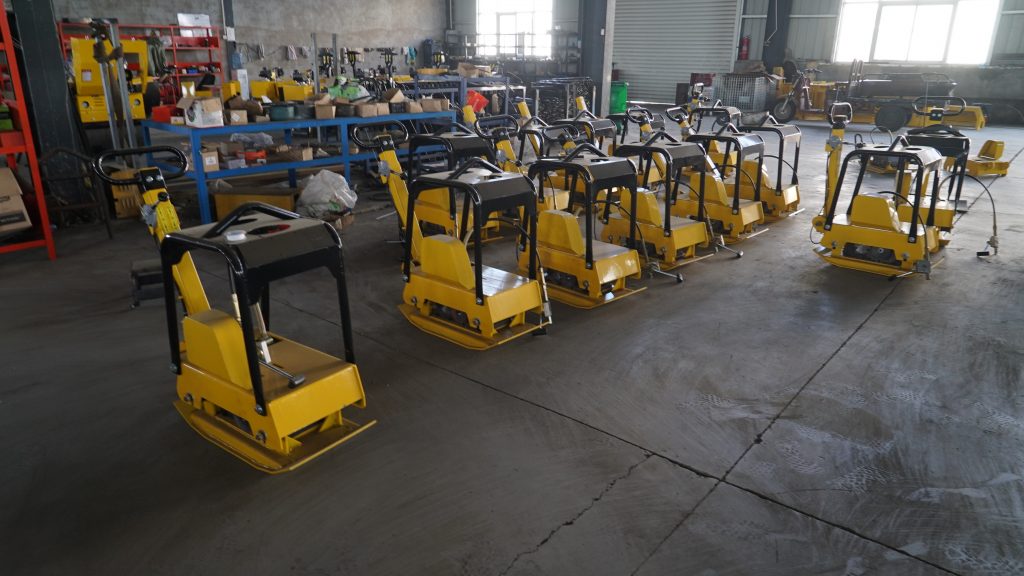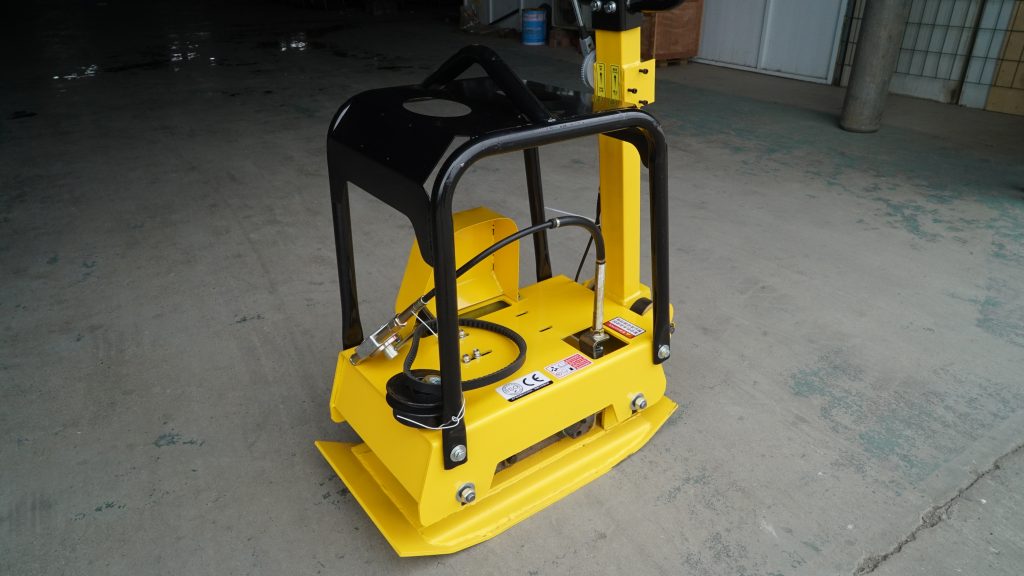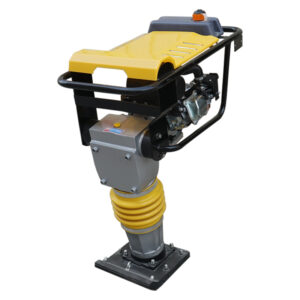1.What to know before you buy a plate compactor
Plate compactors work by sending vibrations through the underlying structure. The more firm that structure, the more power required to compact it. Thus, plate compactors vary from light-duty models for compacting soil and gravel, to professional tools for use on hot tarmac.
Motor size is one indicator of performance, so cubic capacity (cc) and horsepower (hp) have an impact. A larger motor will tend to be more durable, and brands like Honda and Kohler are known for their reliability. How rapidly the plate compactor vibrates is important and is given as blows per minute. The force delivered is also key. Technically it should be provided as pounds per square foot, but usually it’s just pounds (lbs). Higher figures indicate heavier-duty machines. As an example, our top choice is an excellent mid-duty machine with 6,400 bpm and 3,000 pounds force. The light-duty Yardmax runs at 5,500 bpm and 2,500 pounds.
Travel speed might also be given, though isn’t relevant to most users. A typical speed of 70 feet per minute, for example, is considerably slower than normal walking pace so it’s unlikely you’ll struggle to keep up. Compaction depth is another figure occasionally provided, though it depends to a large extent on the material being compacted.

2.Plate compactor features
The majority of plate compactors use a four-stroke gas motor. They are reliable, easy to look after, and reasonably fuel efficient. If you live in a state with emissions regulations you’ll want to look for one that is CARB or EPA compliant. Electric plate compactors do exist, but they aren’t like your cordless power drill — these are commercial models that run off two or more car batteries! Compressed air models are also heavy-duty machines — often what you see used by road crews.
Plates are usually steel (sometimes cast iron). Size is a consideration. Most of the ones we looked at are between 12 inches and 18 inches wide, and around 20 inches long. This makes them maneuverable enough for use in confined spaces. You might want to look for a bigger plate if you have large surfaces to work. If you want to compact hot asphalt you need a plate compactor with a water tank. This provides for a film of water between the plate and the asphalt surface so the plate doesn’t stick.
Given that a plate compactor vibrates — a lot — they can be quite uncomfortable to use for long periods. Better models attempt to isolate the operator from that vibration, and rubber-mounted handles or similar suppression is worth looking for. Most plate compactors weigh 100 pounds and up, so handles or wheels are useful for moving them around. The latter may be included, but sometimes they’re an extra cost.

3.Plate compactor cost
The cheapest plate compactors come in at around $500. They are good for compacting soil and loose material. More powerful general-purpose models can be anywhere from $1,000, to over $2,000 when fitted with a water tank. Professional equipment might be two or three times that.


